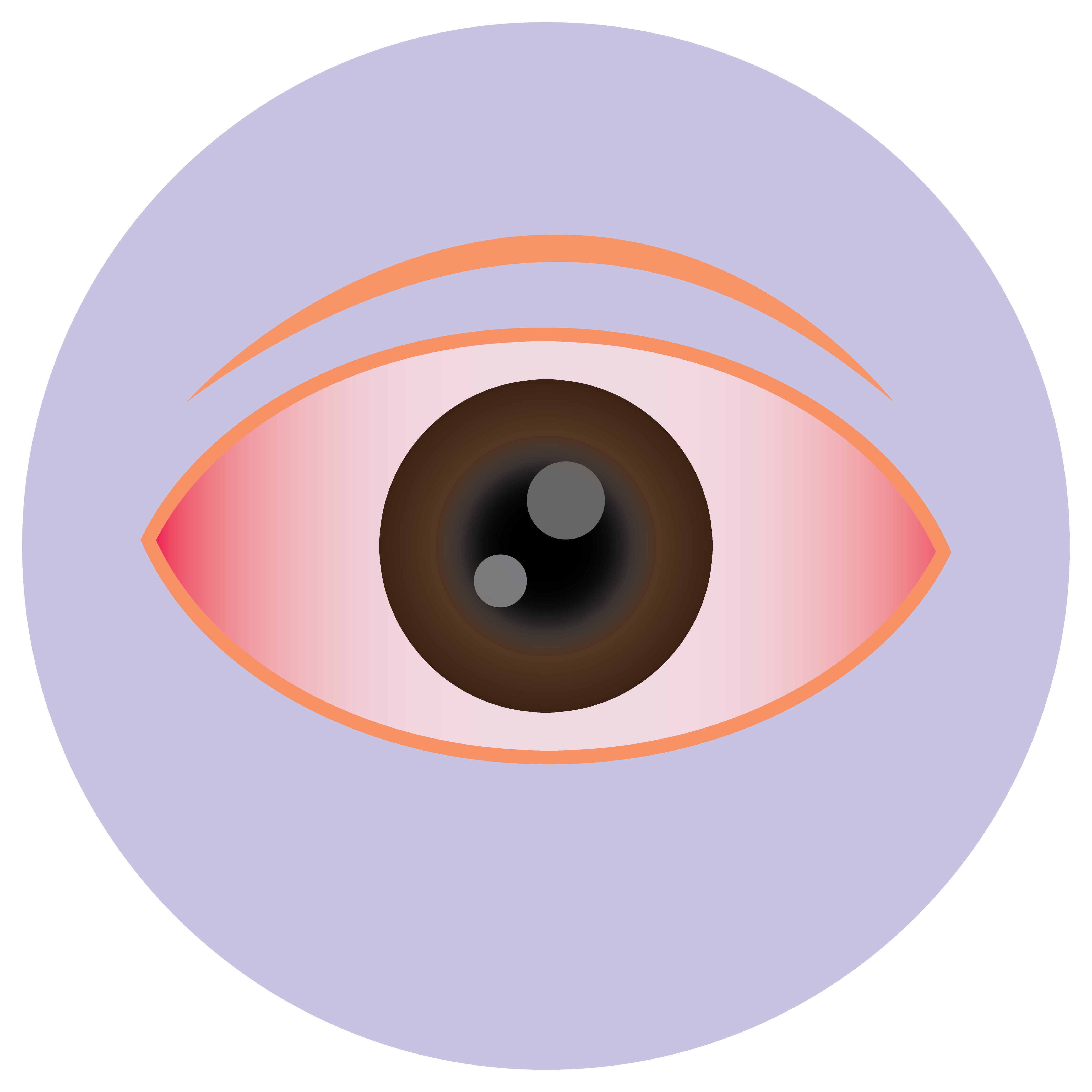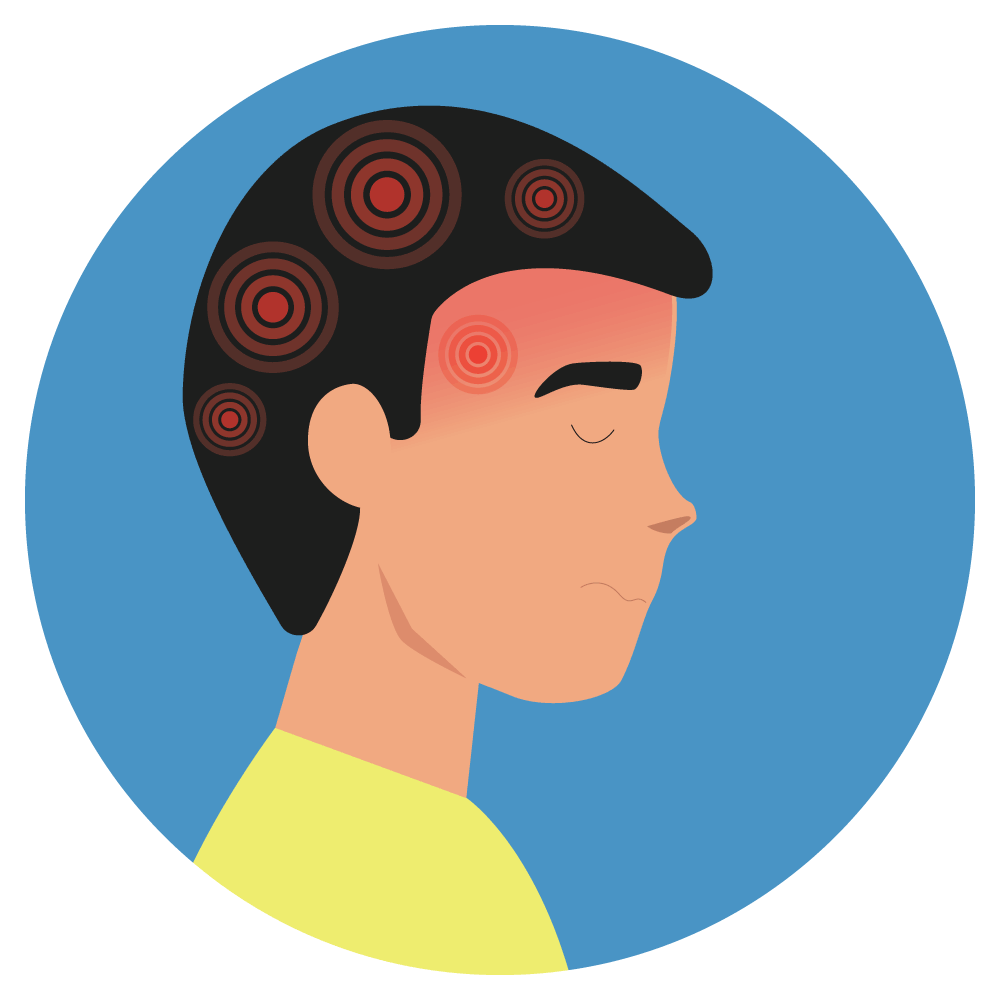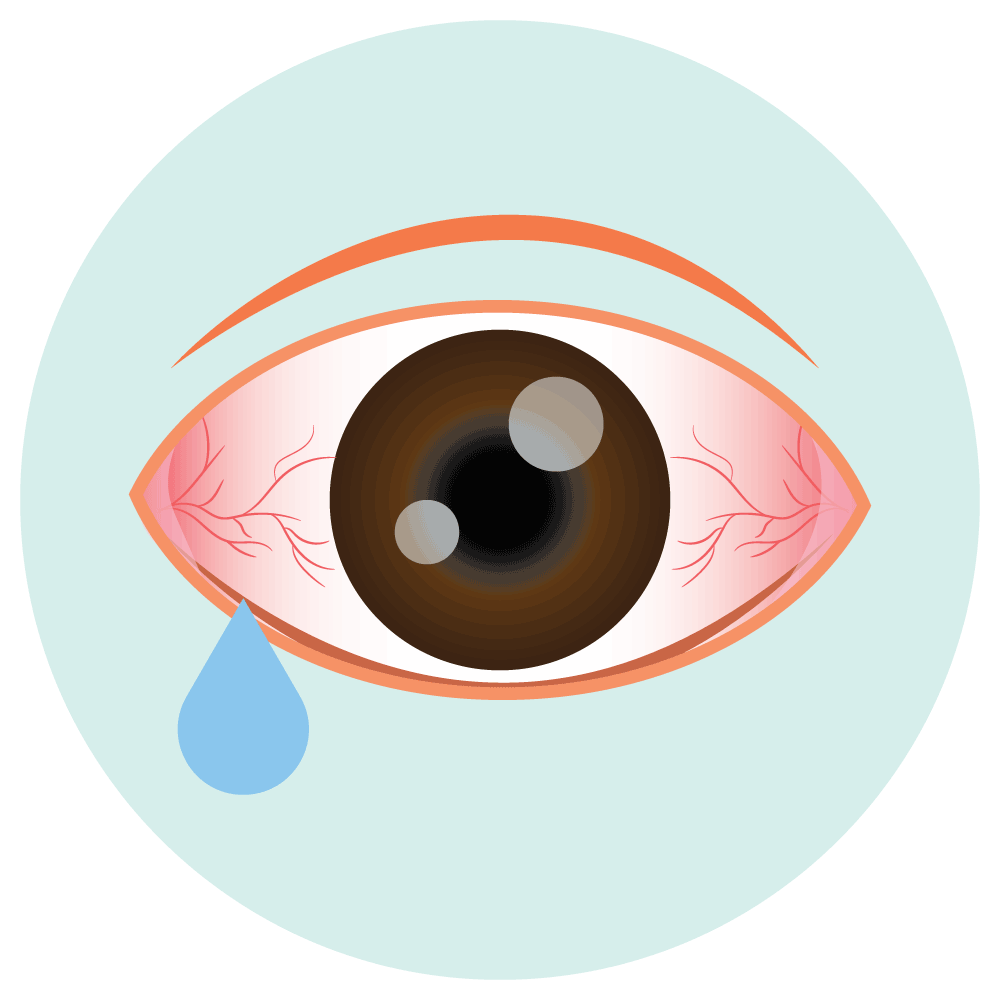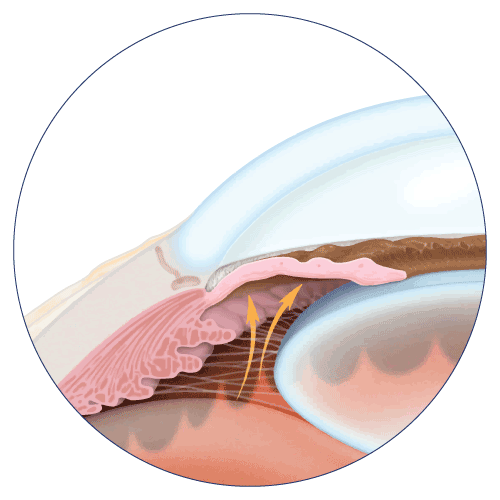| Name | Tetrahydrozoline Hydrochloride |
| Classes |
Dermatological/Topical Agent Ophthalmic Preparation Antihistamine Decongestant Nasal Preparation |
| Diseases |
Dryness Irritation Ophthalmic Disease Redness |
Tetrahydrozoline Hydrochloride
Tetrahydrozoline Hydrochloride is a vasoconstrictor medication belonging to the imidazoline class. It works by narrowing the blood vessels in the eye, reducing redness and swelling.
Tetrahydrozoline Hydrochloride is indicated for the temporary relief of eye redness, itching, and minor eye irritations caused by conditions such as allergies, wind, sun, dust, and other irritants.
Tetrahydrozoline Hydrochloride is intended for topical use in the eye only. The recommended dosage for adults and children 6 years and older is 1 or 2 drops in the affected eye(s) up to 4 times a day, as needed. The use of Tetrahydrozoline Hydrochloride should not exceed 72 hours without the advice of a physician.
The following adverse reactions have been reported with the use of Tetrahydrozoline Hydrochloride:
- Blurred vision
- Eye irritation
- Redness of the eye(s)
- Dryness of the eye(s)
- Increased tearing
- Headache
- Dizziness
- Tetrahydrozoline Hydrochloride is for topical use in the eye only and should not be ingested.
- The use of Tetrahydrozoline Hydrochloride may mask the symptoms of an underlying condition or disease.
- Tetrahydrozoline Hydrochloride should not be used for more than 72 hours without the advice of a physician.
- Patients with narrow-angle glaucoma, cardiovascular disease, hypertension, diabetes, thyroid disease, or any other medical condition should use Tetrahydrozoline Hydrochloride with caution and only under the supervision of a physician.
- Tetrahydrozoline Hydrochloride should not be used in patients who are allergic to it or any of its components.
- Tetrahydrozoline Hydrochloride should not be used in children under 6 years of age without the advice of a physician.
Contraindication
Tetrahydrozoline Hydrochloride is contraindicated in patients who are allergic to it or any of its components.
None known.
 Bangla
Bangla English
English




